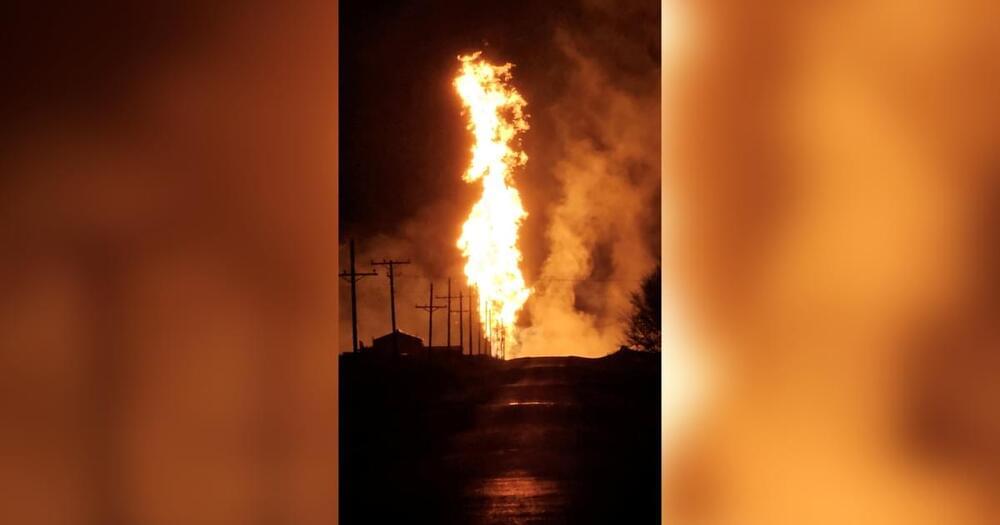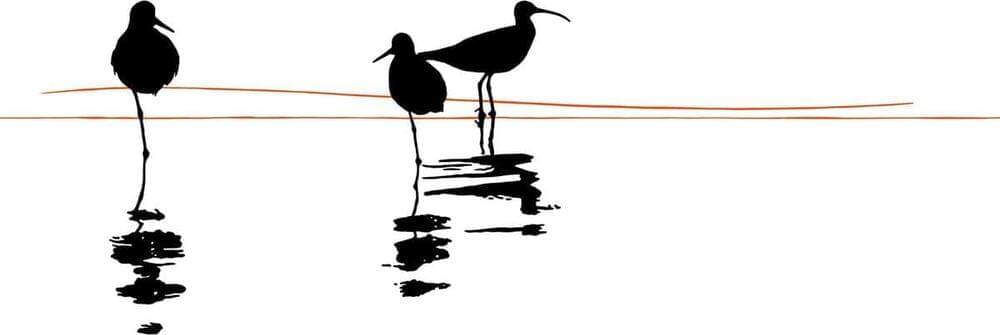Historians and divers are trying to retrieve prehistoric clues from beneath the waves—but they have to act fast.





“We are 36 miles away from the fire and we can see it,” one person said, while another posted a photo of the fire’s glow from roughly 25 miles away.
The Booker Fire Department, which serves Booker, Texas, about 20 miles away from Elmwood, also responded to the fire. They posted videos of the explosion, saying it was a gas line.




Tesla detailed its capital expenditure plans for 2024 and beyond in a 10-K it released this morning.
Tesla has routinely revealed an increase in planned capital expenditures over the past few years, and 2024 seems to be no different. In a 10-K, which was released by Tesla this morning, it expects to spend at least $10 billion this year and between $8 billion and $10 billion in 2025 and 2026.
Tesla said that its near-term capex plans are difficult to predict because “the number and breadth of our core projects at any given time, and may further be impacted by uncertainties in future global market conditions.”

